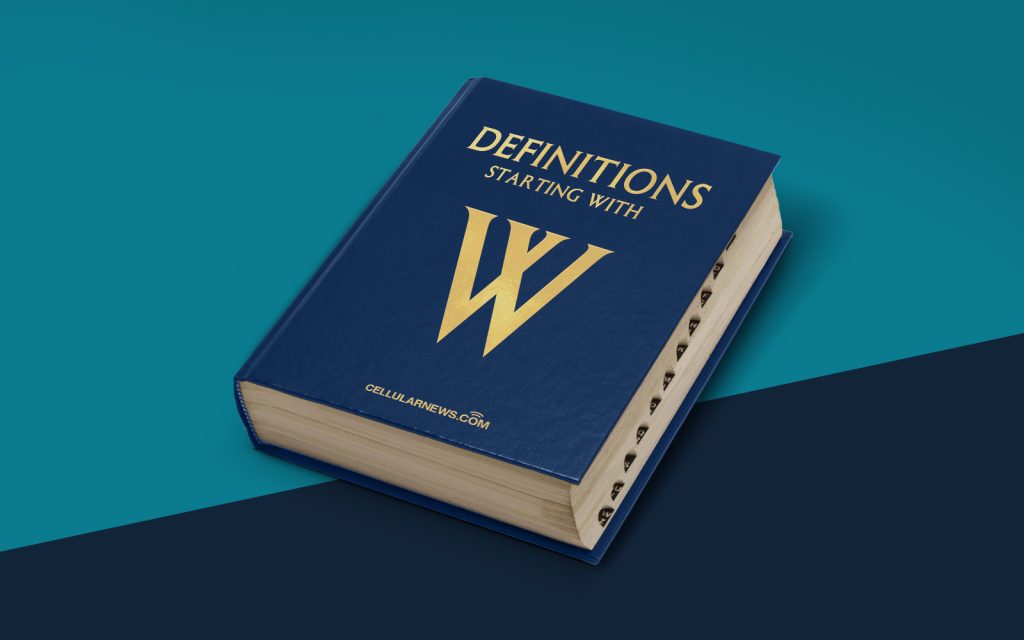
The Marvels of Wallpaper: Adding Style and Personality to Your Walls
Have you ever wondered what exactly wallpaper is and why it is such a popular choice for interior decoration? Well, you’ve come to the right place! In this article, we’ll delve into the art of wallpaper and discuss its history, types, and benefits. So, let’s get started!
Key Takeaways:
- Wallpaper is a decorative material applied to walls, often made from a combination of paper and adhesive.
- It comes in a wide variety of patterns, colors, and textures, making it highly customizable and capable of transforming any space.
Wallpaper is more than just a covering for your walls – it is a form of art that can dramatically enhance the aesthetics of any room. Here’s a closer look at what makes wallpaper so special:
1. History and Evolution of Wallpaper
Wallpaper has a rich history that dates back to ancient civilizations. The earliest forms of decorative wall coverings can be traced back to ancient China, where people used rice paper and silk to create stunning wall designs. In Europe, wallpaper gained popularity during the Renaissance, with intricate hand-painted designs adorning the walls of the aristocracy.
Over time, advances in technology and printing techniques allowed for the mass production of wallpaper, making it more affordable and accessible to a wider audience. Today, wallpaper is available in an array of styles, from traditional floral prints to modern geometric patterns, ensuring there’s something to suit every taste and interior design style.
2. Types and Varieties of Wallpaper
Wallpaper comes in a plethora of options, each with its own unique characteristics. Here are a few popular types:
- Traditional Wallpaper: This type of wallpaper is made of paper and generally requires adhesive to apply. It offers a classic and timeless look, perfect for adding elegance to a room.
- Vinyl Wallpaper: Vinyl wallpaper has a resilient surface that is resistant to moisture, making it suitable for environments such as kitchens and bathrooms. It is available in a wide range of designs and textures, including faux wood and brick patterns.
- Textured Wallpaper: Adding depth and dimension to a space, textured wallpaper offers a tactile experience. It can be embossed, flock, or even made with fabric, creating a visually interesting surface.
- Peel and Stick Wallpaper: As the name suggests, this type of wallpaper is easy to apply and remove without leaving any residue behind. It’s a great option for those who like to change up their interior decor frequently.
The benefits of using wallpaper in your home or office are numerous, including:
- Enhanced Aesthetics: Wallpaper can instantly transform a plain wall into a captivating focal point, adding personality and style to any room.
- Endless Options: With a vast array of patterns, colors, and textures available, wallpaper allows you to express your creativity and tailor it to match your unique taste and interior design theme.
- Durability: High-quality wallpaper is built to last, resisting fading, staining, and wear better than paint, thus giving you long-lasting beauty on your walls.
- Hide Imperfections: If your walls have minor flaws or uneven surfaces, wallpaper can effectively camouflage them, giving your space a flawless appearance.
In conclusion, wallpaper is a versatile and visually appealing addition to any space. Whether you’re seeking to create a cozy atmosphere, add a pop of color, or make a bold design statement, wallpaper provides endless possibilities. So why settle for plain walls when you can embrace the magic of wallpaper?
